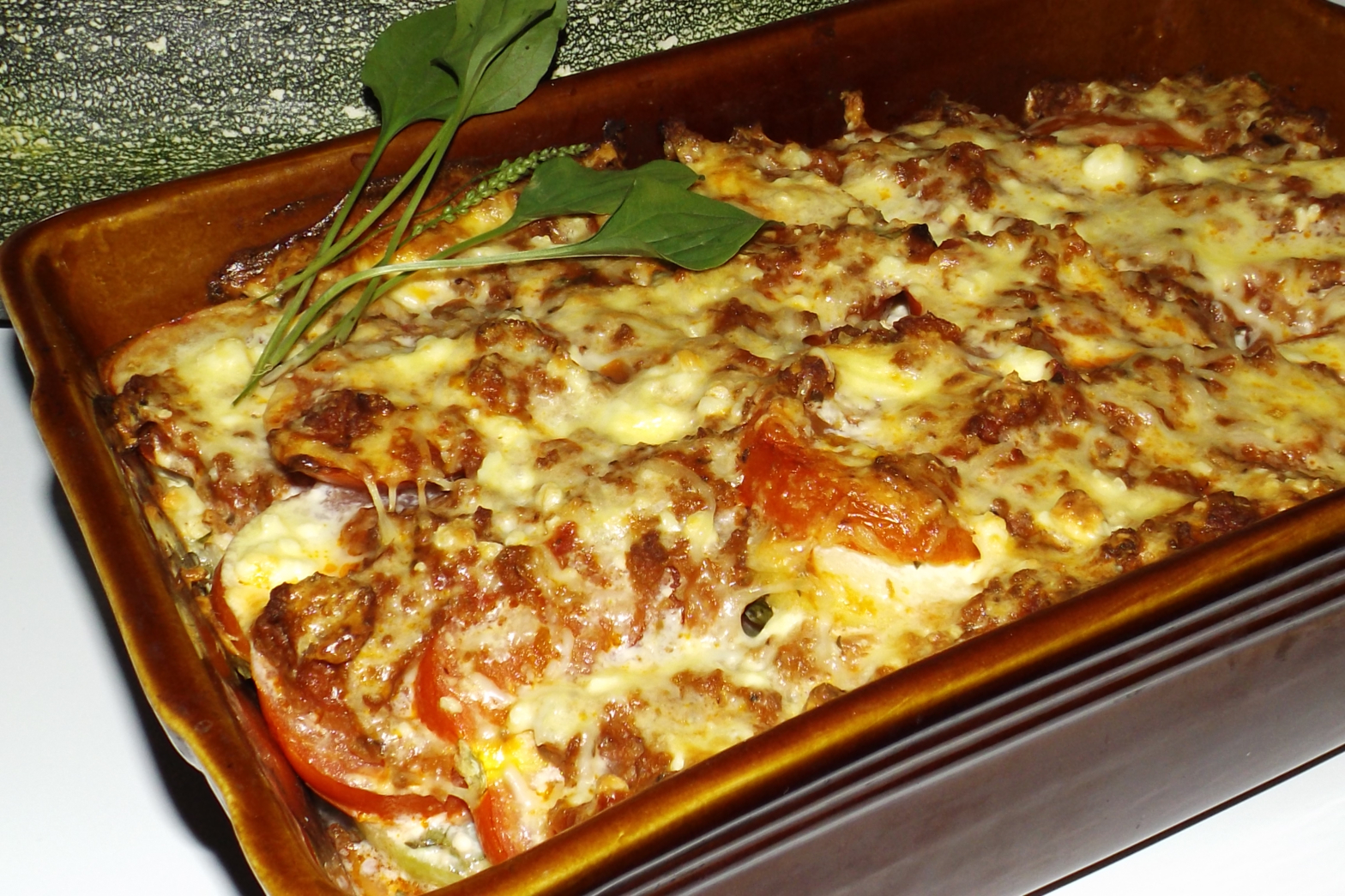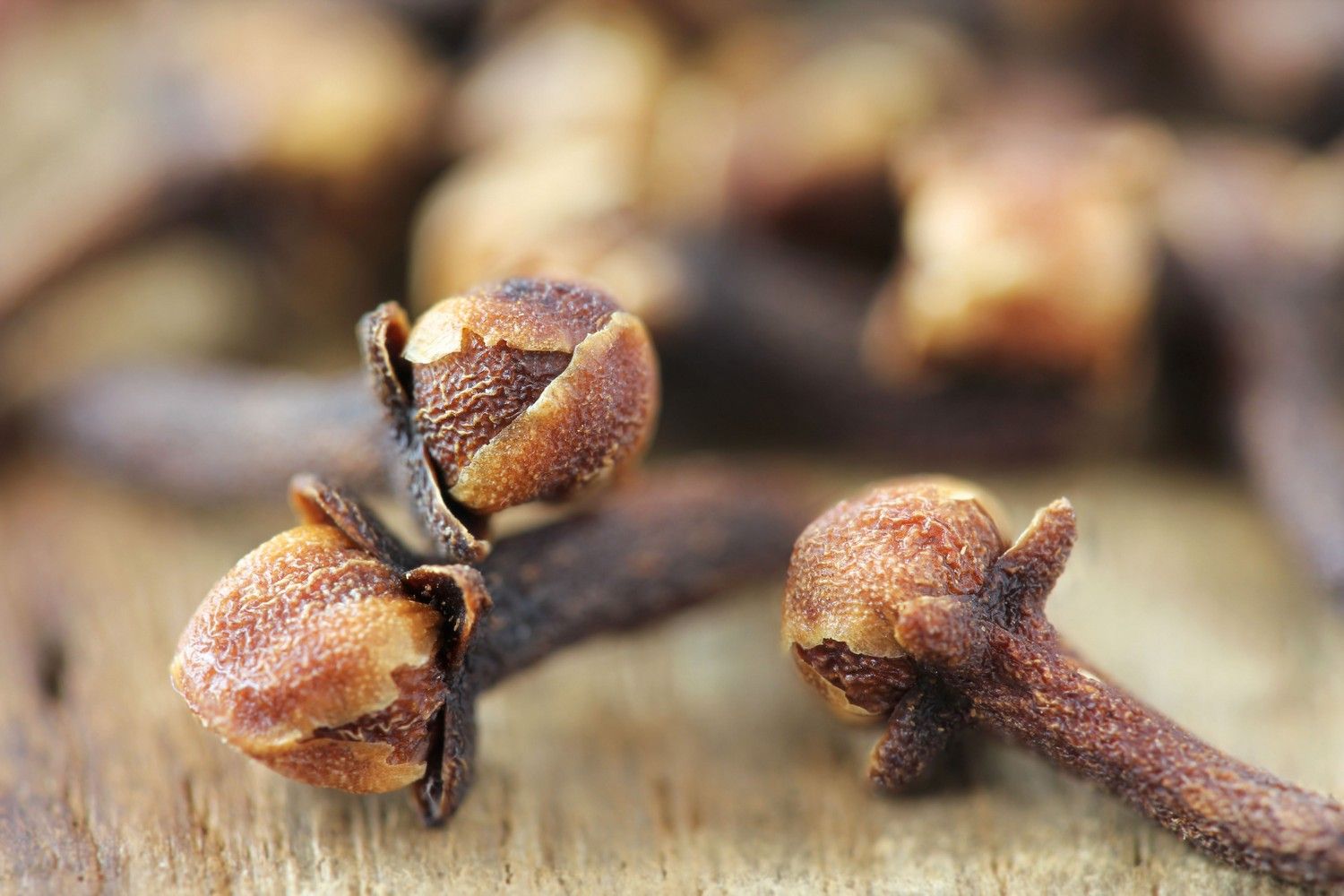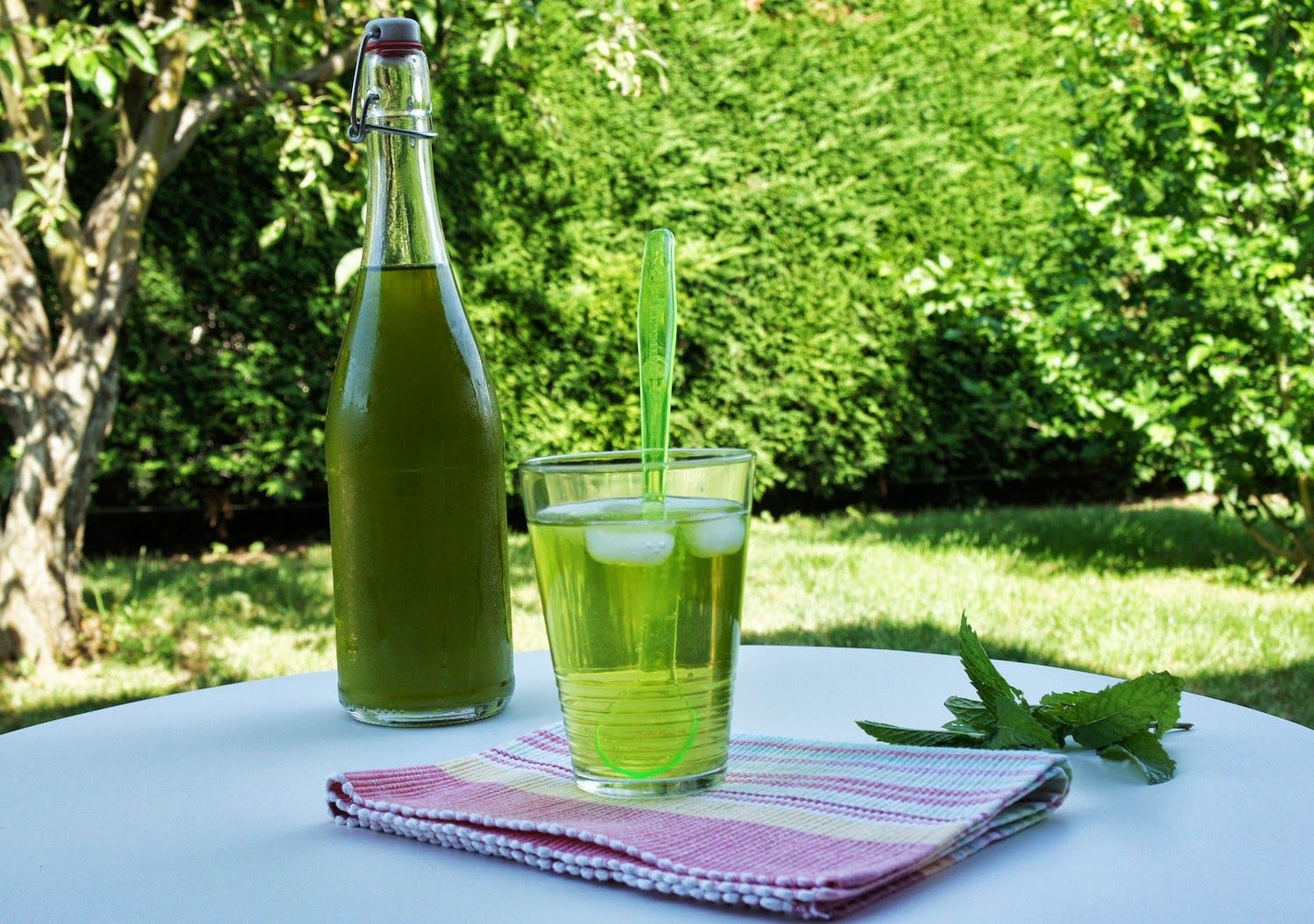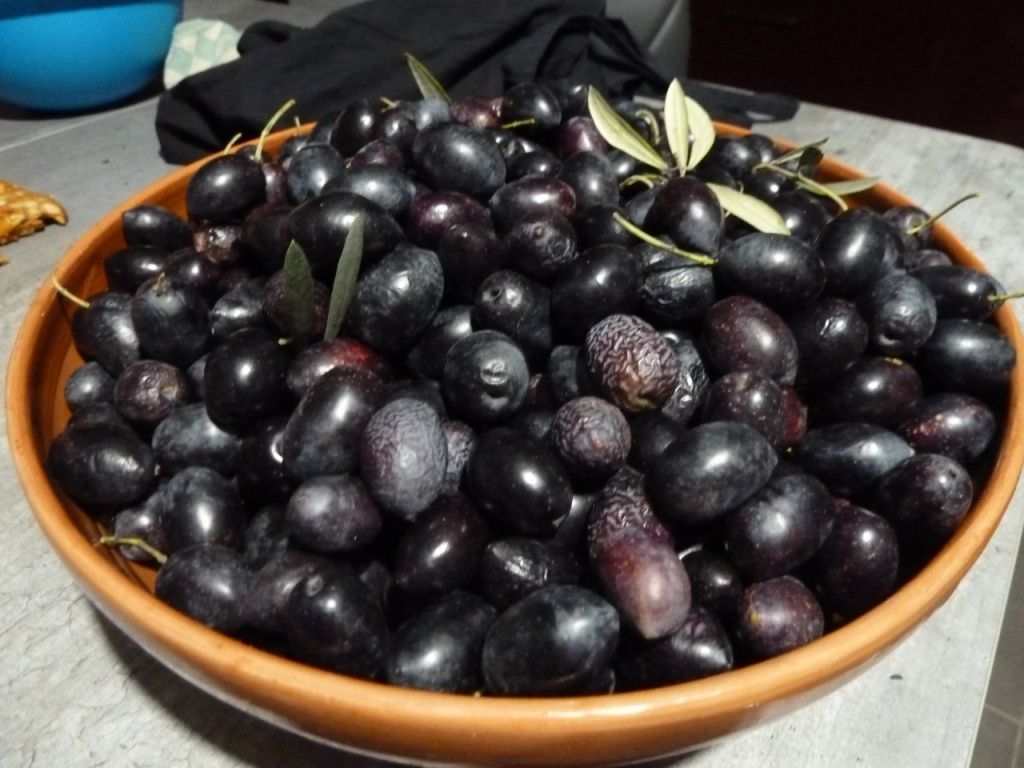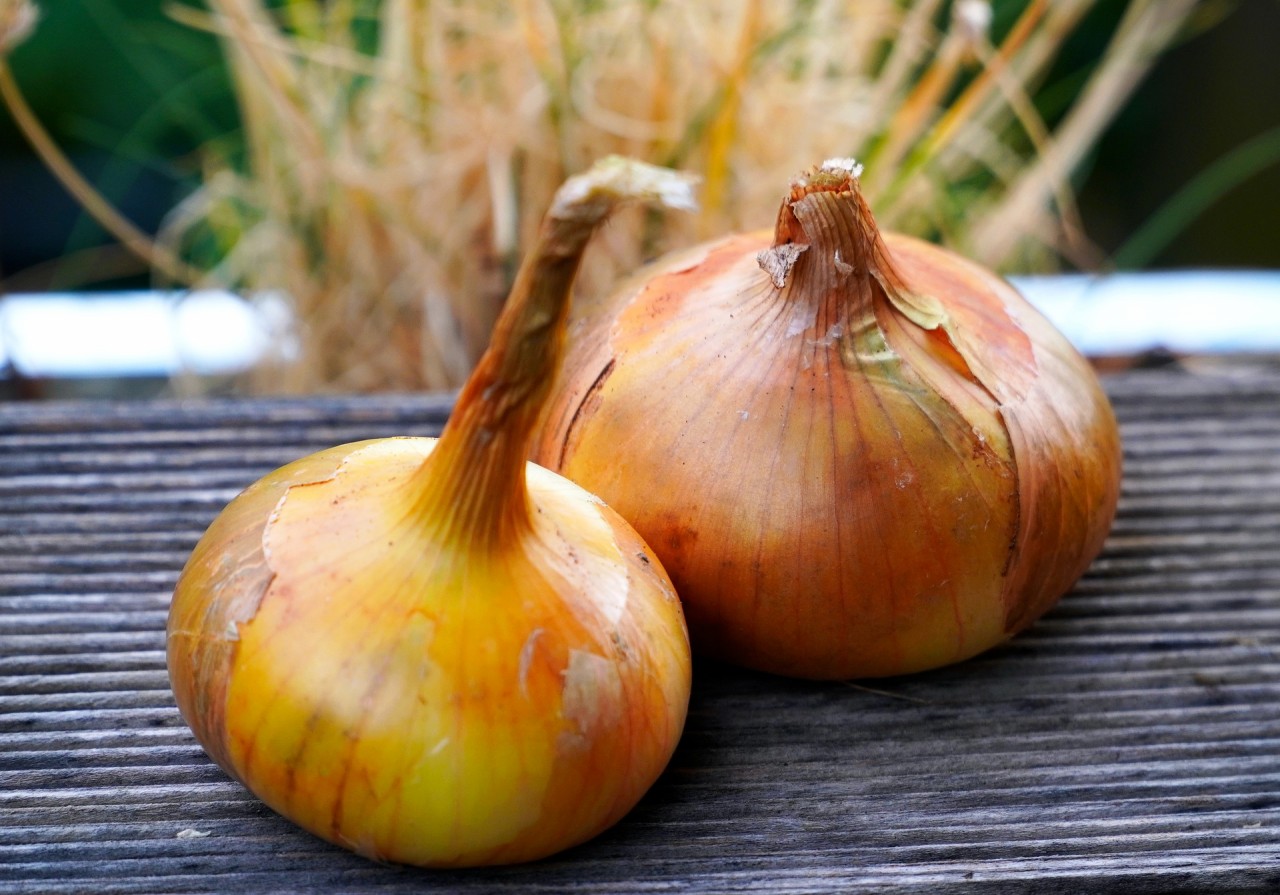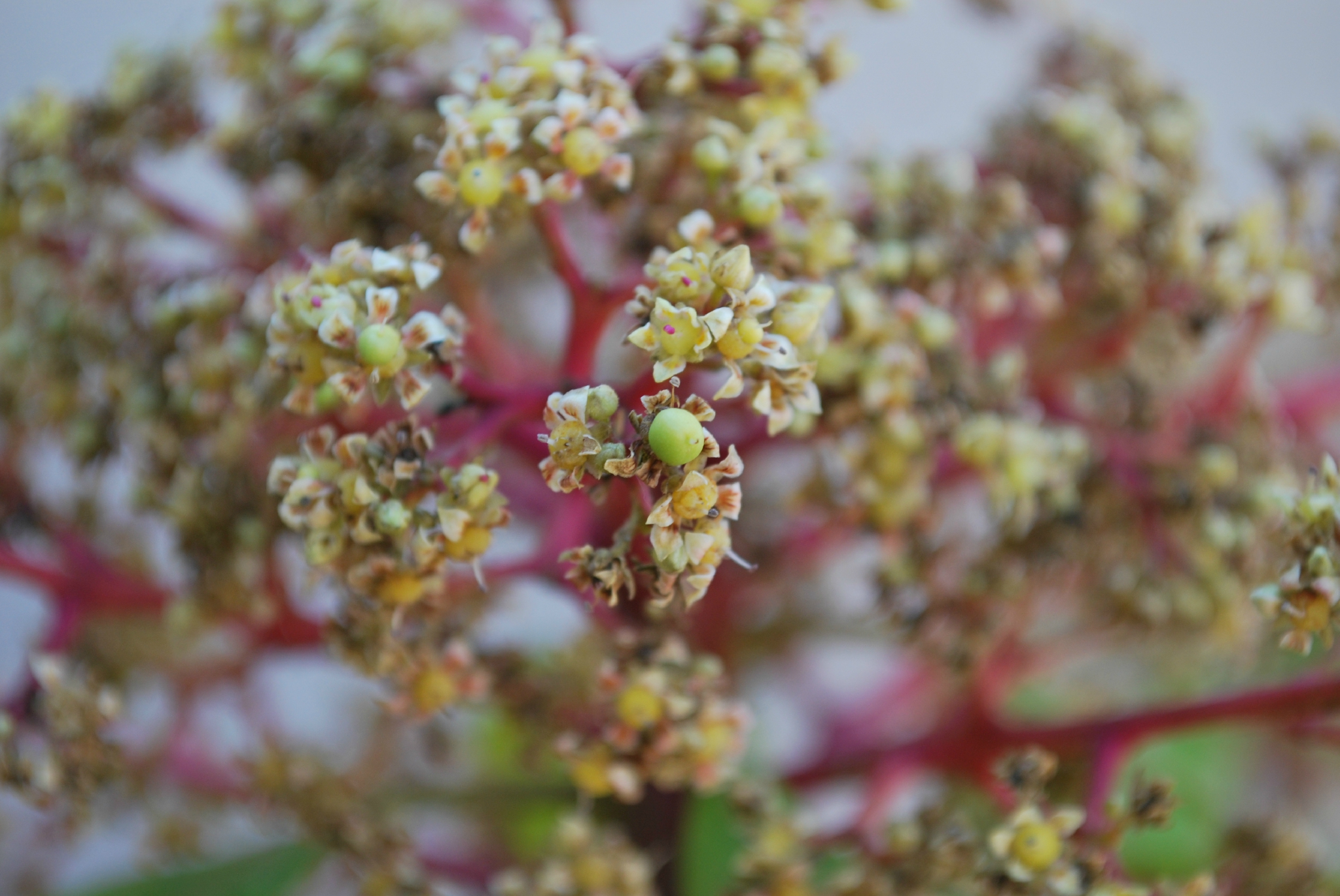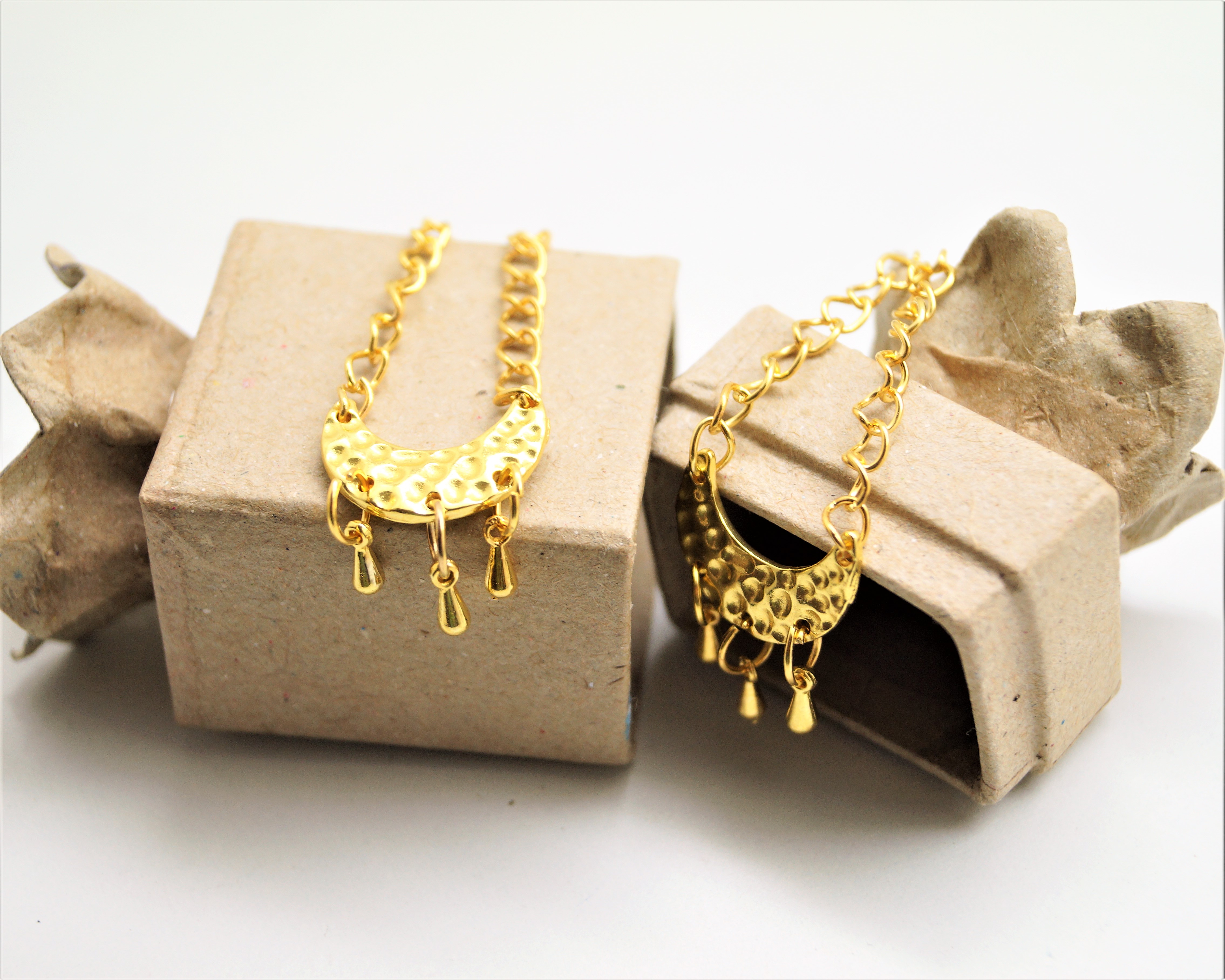7 Simple Tips To Prepare Your Vegetable Garden For Winter.
The harvest season is now over.
Now is the time to prepare your vegetable garden for winter.
Why is this important?
Because a vegetable garden that spends the winter gently is much easier to grow in the spring!
When the frost arrives in November, the garden is overrun with weeds and dying plants ...
Fortunately, here is 7 simple tips to prepare your vegetable garden for the next spring. Look :

1. Clean the whole vegetable garden well
It's a bit like savannah in the vegetable garden at the end of the season. It's everywhere. We'll have to put it all back together.
To make it easier, divide the vegetable garden into several work areas that are not too large.
The task thus seems less difficult and you can see much better as it progresses. Clean each area from top to bottom:
- Remove all dead plants: certain diseases such as mildew or pests can overwinter on the foliage or fruits left in the garden. Remove all dead leaves. But also the stems, plants and all rotten fruits or vegetables. You can put them on the compost heap as long as they are healthy. But if your plants are affected by fungus, mildew or mold, throw them in the trash. Thus, there will be no contamination of other species in the compost bin.
-Add a layer of mulch : remove the weeds under the old mulch, then add a layer of compost 3 to 5 cm high. Lightly cover the vegetable garden with the old mulch to suppress weeds and protect the soil without isolating it. The gel is the ideal weapon to get rid of many diseases and pests. Be careful not to put too thick a mulch, as this could prevent the soil from freezing completely. After the ground freezes, add another layer of mulch to perennials and flowers.
2. Test your soil for acidity
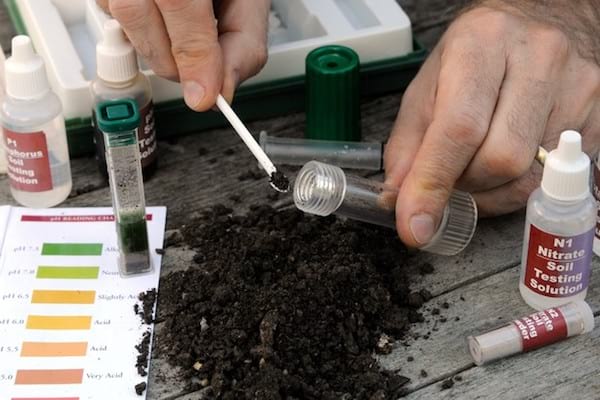
This is also a good time to test your soil to see if your soil is more acidic or neutral.
You can then compensate and adjust the pH during the winter.
These tests will reveal the following information:
- soil pH
- the levels of potassium (K), phosphorus (P), calcium (Ca), magnesium (Mg) and sulfur (S)
- the level of organic matter
- the lead content
This analysis will tell you how much lime and (organic) fertilizer to add to improve the quality of your soil.
This is because lime is commonly used to adjust the pH of the soil.
Fall is the best time to put it in, because lime has all winter to dissolve in the soil.
Other nutritional contributions can be added in the spring, when planting. To test your soil, here is a very easy to use kit.
3. Plant garlic now
To be able to harvest garlic next year, now is the time to plant it.
Pick a spot in the vegetable garden where you haven't planted garlic yet so as not to deplete the soil.
Mix a good amount of compost into the soil and add a little organic fertilizer.
Then, plant bulbs spaced 15 cm to ten cm deep.
Add a light layer of mulch when planting and top up with a layer of mulch after the first frosts.
The bulbs are dormant and will sprout as soon as the heat returns.
To discover : No Longer Need to Buy Garlic! Here's How To Grow An Infinite Stock Of It At Home.
4. Enlarge the surface of your vegetable garden
Autumn is the perfect time to expand your vegetable garden.
Prepare new strips of land or build a few more vegetable patches.
Many garden centers sell bags of potting soil with fertilizer at this time.
Fill your new squares with it and just add a layer of mulch on top.
All you have to do is plant your seeds next spring.
To discover : How To Make A Seed Ribbon With Toilet Paper (Easy And Cheap).
5. Collect dead leaves
Fallen leaves are a gold mine for gardeners!
I try to collect as much as possible in the fall and fill my compost bins or store them in garbage bags.
Fall leaves can be used for mulching in the garden, as a brown (carbon) component of compost, or as a potting soil.
Here are 3 ways to reuse dead leaves:
- In mulch: a generous layer of shredded leaf mulch on the soil surface helps smother weeds, retain moisture, and enrich the soil as it decomposes, while encouraging beneficial organisms to hide in it.
- In compost: leaves are a perfect brown component for your compost pile. Me, I keep an extra bin available so that I can add a layer in the compost bin if there is too much nitrogen (kitchen waste). This helps keep the compost perfectly balanced.
- In potting soil: over time, the leaves gathered in a pile or compost break down into a rich humus which can be incorporated into your soil to improve structure and moisture holding capacity. They also provide fertilizer and food for organisms that live in the soil.
One of the easiest ways to collect and shred leaves is to use your lawn mower with or without a bagger.
If you are using a bagger, the mower shreds grass and leaves at the same time. Perfect for compost.
Even if you don't have a bagger on your mower, you can direct the side spray to collect shredded leaves and grass in piles.
Then collect the pile and fill your compost bin. Or put them in garbage bags.
Note that you can also use a simple piece of cardboard to collect all the dead leaves. Check out the trick here.
To discover : 3 Uses of Fallen Leaves That Nobody Knows About.
6. Take notes for next year
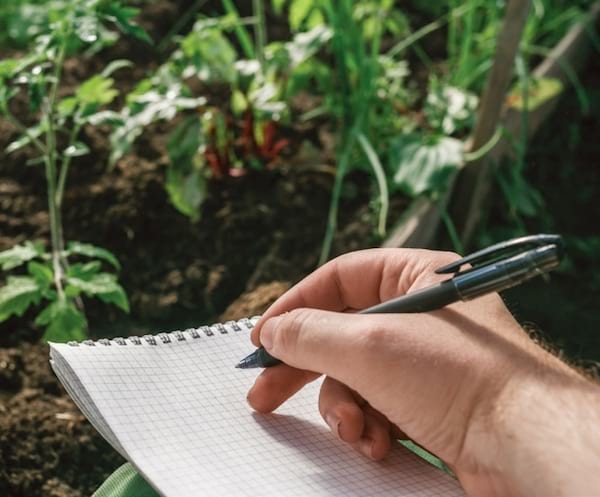
While you are cleaning your vegetable garden, take notes for the next year.
What do you need to take note of? For example, the number of plants grown, the varieties that performed well and the amount harvested.
But also what pests you had to treat this year or if there was a place in the garden that did not produce much compared to the others.
Write down all of this important information while it's still fresh in your mind.
The interest? This will help you to better organize the vegetable garden for the next year and it will give you time to look for solutions to the problems you may have encountered.
7. Enjoy the fall
Take the time to enjoy the cool, balmy fall days while you work in the garden.
The absence of humidity makes working outdoors more comfortable. Observe the beauty around you, the colors and appreciate the softness of the sun.
Take a deep breath and enjoy the aromas of the soil. Soon everything will be covered with frost until spring.
Also clean the flower beds in the fall to make them look good the next spring.
The vegetable garden will be ready to be planted. Just put on the mulch, pull out the weeds, and change the amount of organic fertilizer based on the results of the previous year and the soil test.
Put your seeds in the ground (especially spring flower bulbs) and transplant the seedlings into the garden.
During the winter, you will have plenty of time to dream and plan the vegetable garden for the next year.
Your turn...
Have you tried these tips for winterizing your vegetable garden? Let us know in the comments if it worked for you. We can't wait to hear from you!
Do you like this trick ? Share it with your friends on Facebook.
Also to discover:
The Brilliant Tip For Quickly Collecting Leaves In The Garden.
28 Great Garden Ideas Revealed By a Landscaper.

